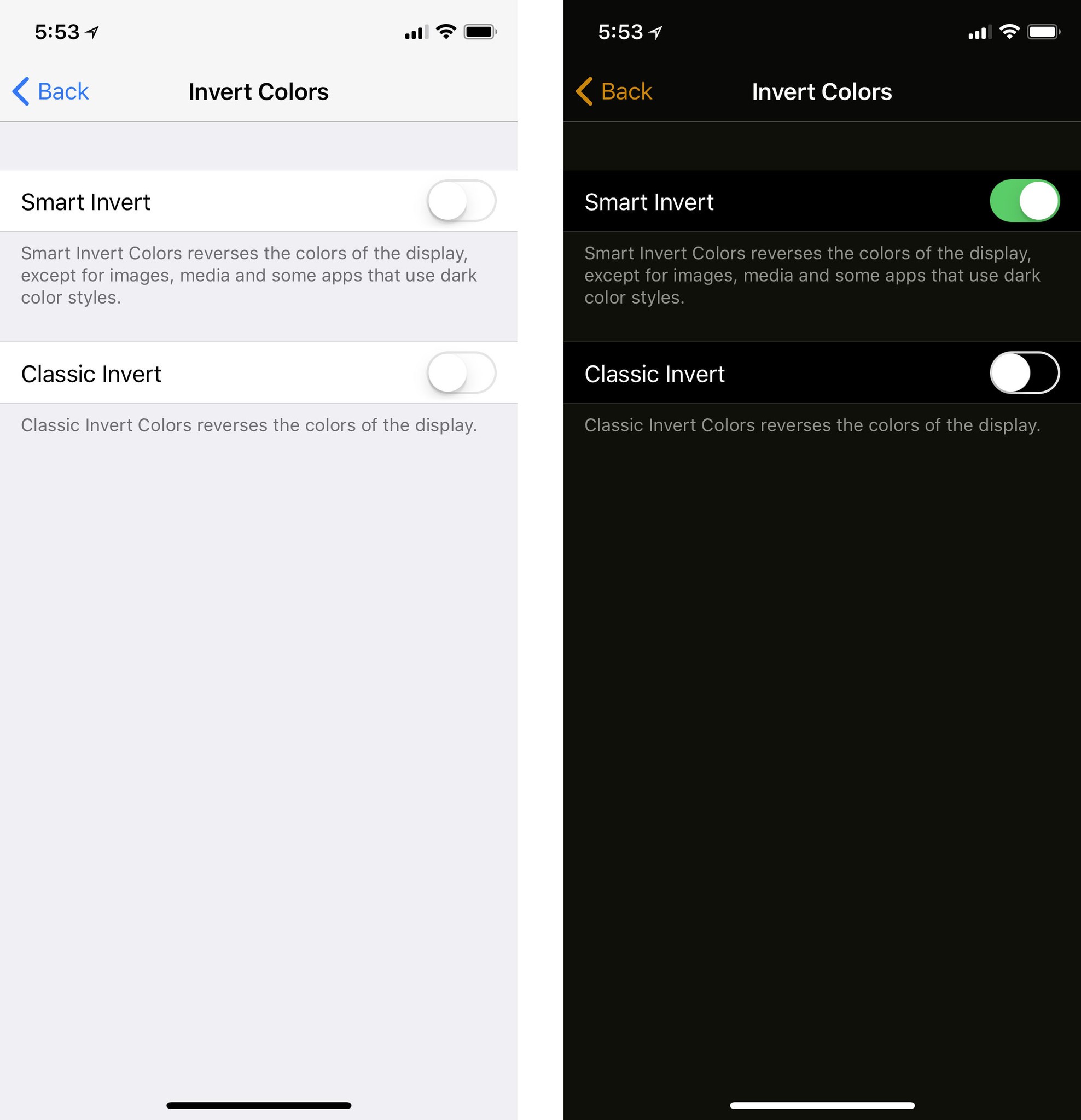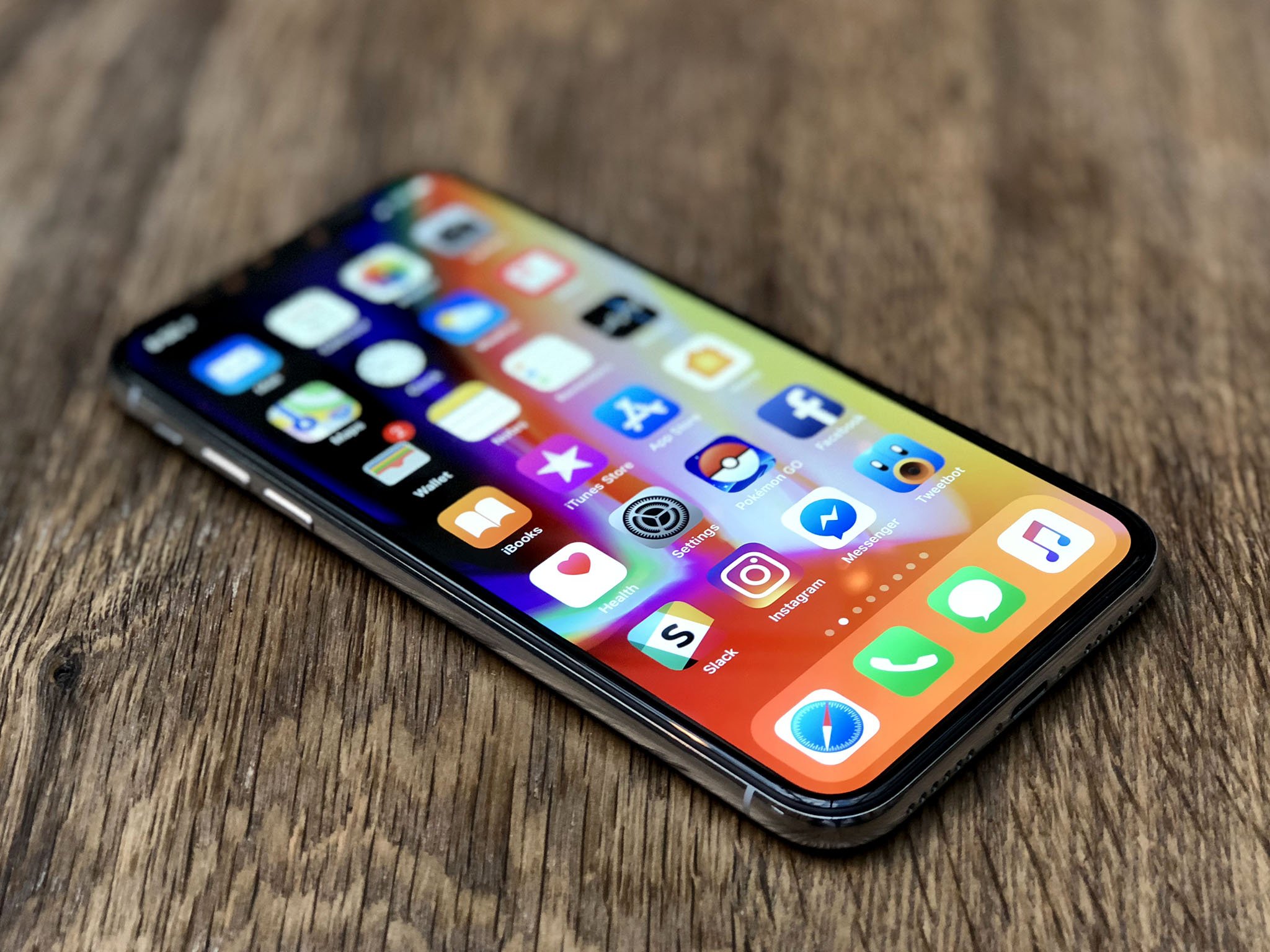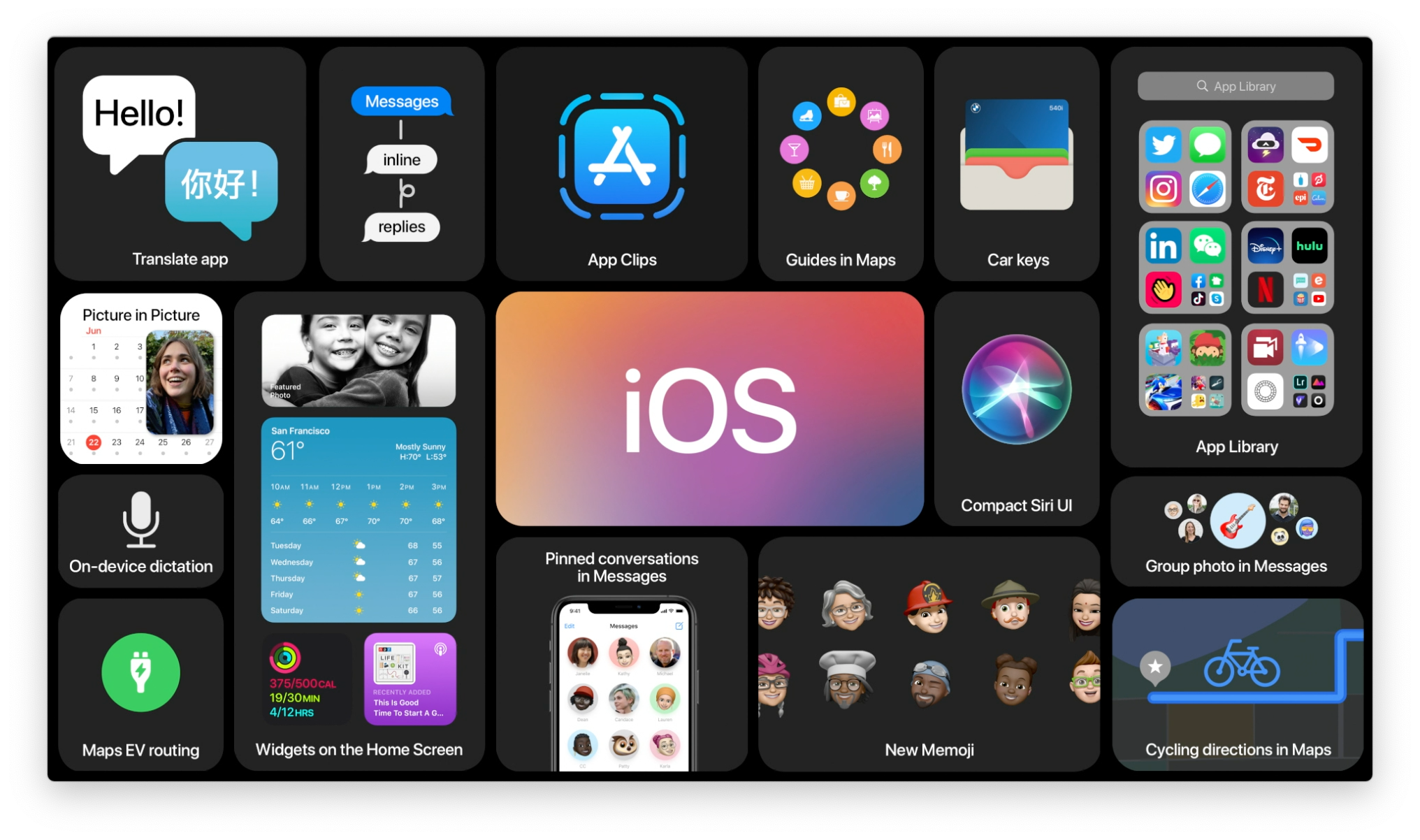I'd still love a dark theme in iOS 12

iOS 11 has shipped. So has iPhone X. We have dark themes for Apple Watch and Apple TV. But we still don't have one for iPhone or iPad. Including Apple's first OLED model. And that means right now, as Apple is starting to spec out iOS 12, it's time once again to lobby for one.
The brightening

iPhone's interface used to be a combination of black and gray. Part of that was because older graphics processors couldn't composite as well. Part of it was pin-striped style. But, overall, it wasn't as bright.
Then iOS 7 shipped with a redesign that not only moved skeuomorphism away from rich textures and towards rich physical interactions, it also repainted everything bright white.
It makes the iPhone and iPad look clean and spacious, which is fine for everyday use. When it comes to low-light situations, though — like the home theater or the bedroom — the intensity is enough to get you yelled at or hit with a pillow. When it comes to accessibility, it's also enough to contribute toward eyestrain.
Because there's no system-wide dark mode in iOS, some people resort to using the newish Smart Invert Colors. It reverses the colors on screen except for things like photos, videos, and apps that are already using dark themes.
It's the next best thing but it's not ideal.
Going dark
Apple's iBooks already has a proper dark mode: You can manually switch it on or set it to turn on automatically at night. Rather than invert colors, it sets them appropriately for low-light conditions. It makes the white background black, the black text light gray, and blue and green tint colors the right shades of gray. Importantly, it leaves pictures, photos, and other graphics as they were, so they maintain the proper colors.
Master your iPhone in minutes
iMore offers spot-on advice and guidance from our team of experts, with decades of Apple device experience to lean on. Learn more with iMore!
Likewise Maps, which helps when navigating at night.
Some App Store apps include their own dark themes as well. In Fantastical, you can toggle a light mode on in the app's settings. In Tweetbot, a Twitter app, you can swipe down with two fingers to switch between light and dark modes.
Many apps don't provide the option, though, and even those that do vary in their implementations. That leads to an inconsistent experience.
Apple Watch, by contrast, has a dark mode as its only mode. Because Apple Watch has an OLED display, and OLED is incredibly power efficient when the screen is dark because it doesn't light up any of those pixels.
Apple TV has a dark theme as well but, since it's plugged in, it's not for power efficiency reasons. It's to keep the screen from being overly bright when you're watching at night or in a dark room.
Dark Theme vs. ThemeKit

Unlike Apple Watch or Apple TV, iPhone and iPad have the Safari web browser and websites remain primarily bright and white. So, even a dark theme won't solve all of our power efficiency and low-light problems. But I still think it would be a great feature to add.
If Apple could provide a dark mode for all its apps, it would still go a long way toward making the iPhone and iPad more usable and more comfortable in the dark.
Take it a step further and provide a "ThemeKit" framework for its standard UIKit interface system, and then any App Store app could tie into it as well.
That way users could choose Dark Mode once in Settings and have it automatically enabled everywhere, in every app that supports it, all at once. Like Night Shift and True Tone, Dark Mode could live in Settings > Display and Brightness, and be toggled on or off from Control Center at any time.
For developers, a framework could conceivably let them tweak parameters and set colors so that their app's interface looks exactly the way the developer wants in either light or dark modes. Or in other modes entirely.
It would open up another level of customization on iOS, one of the few remaining features Android owners still say prevents them from switching.
Dark/Night
To nail a dark mode system-wide, and to make it work for developers as well, is no doubt a monumental task. In theory, something like CSS could be a model for a full-on theming engine. In practice, a legion of devils lurk in the implementation details.
Either way, every time I turn on my iPhone in the dark and my eyes squint for a moment as the world goes suddenly white, I'm reminded how the lack of a dark mode remains a problem. And solving those kinds of problems is what Apple does.
I've filed this feature request with Apple. It can be found at rdar://19760524 (closed as a dupe of rdar://11786790). Do you want a system-wide night theme? Let me know!

Rene Ritchie is one of the most respected Apple analysts in the business, reaching a combined audience of over 40 million readers a month. His YouTube channel, Vector, has over 90 thousand subscribers and 14 million views and his podcasts, including Debug, have been downloaded over 20 million times. He also regularly co-hosts MacBreak Weekly for the TWiT network and co-hosted CES Live! and Talk Mobile. Based in Montreal, Rene is a former director of product marketing, web developer, and graphic designer. He's authored several books and appeared on numerous television and radio segments to discuss Apple and the technology industry. When not working, he likes to cook, grapple, and spend time with his friends and family.

